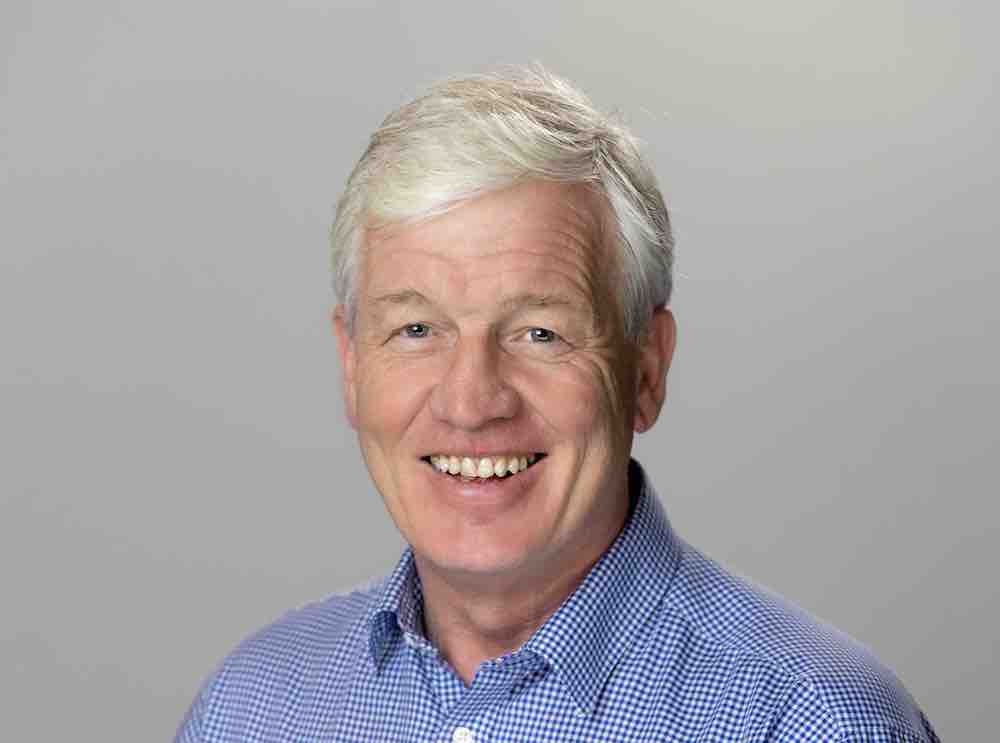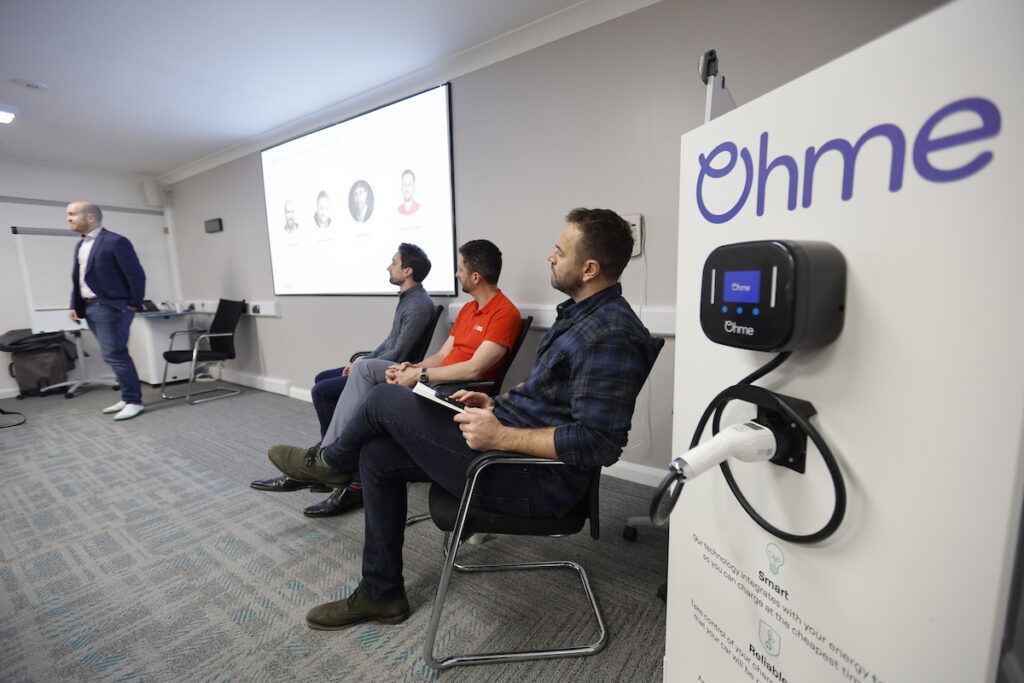Ten years ago, the electric vehicle (EV) industry was still in its infancy. Today, it’s a key contributor in the transition to net zero. Believ’s Shaun Quirk explains his experience to Transport + Energy.
At the heart of this transformation are the people who have helped shape the industry into what it is has become – combining technical expertise, creative thinking, and a shared vision for more sustainable transport.
Believ is proud to be home to some of those pioneers. One of them – Shaun Quirk, Chief Operations Officer – has been working in the EV space for nearly a decade. He’s witnessed firsthand the change from small-scale rollouts to nationwide infrastructure and played a key role in pushing forward the innovation, partnerships and public engagement that underpin the industry’s momentum nowadays.
We sat down with Shaun to hear how he found his way into the EV sector, how things have changed over the past decade, and what’s still to come. From grid challenges and consumer trust to policy shifts and infrastructure scale-up, his insights highlight just how much the industry has learned – and how far it still has to go.
Why did you choose to work in the EV charging industry?
My background was in construction and utilities, with experience across civil works, electricity networks and fibre infrastructure. Back in 2015, I got a call about a new opportunity with SSE Contracting – they’d secured a contract with a French company that had just acquired Source London from Transport for London. The goal was ambitious: install 6,000 charge points across the capital.
For me, it was an opportunity to bring all my experience together and be part of something completely new. EVs were still relatively unknown, but there was huge potential – not just commercially, but in terms of sustainability and long-term impact. It felt like the right time to get involved in something that could genuinely make a difference.
Where did your EV career begin, and how did you find your way to Believ?
Initially, I was asked by an ex-colleague to share some of my relevant experiences with members of the Board and senior leadership at Believ. This eventually led to me being offered a permanent position.
What excited me was the potential to scale up, especially with the backing of Liberty Global and Zouk Capital, and the delivery support of Virgin Media. It was an opportunity to move from a London-centric project to a national one — and to help shape a truly inclusive, reliable charging network for the whole of the UK.
How has the EV industry evolved over the last 10 years?
When I started, EV infrastructure was limited to small pilots and proof-of-concept projects.
Today, we’re rolling out networks at scale. The level of collaboration across the industry has improved significantly too – we now have industry bodies, clearer standards, and a shared focus on getting things right.
Technology has also come a long way. Early EVs barely reached 80 miles on a full charge – now we’re seeing far greater ranges, better reliability, and more powerful chargers. Even planning regulations are beginning to shift to make deployments easier.
Do you have any anecdotes that show just how much has changed?
Not specifically an anecdote, but the breadth of understanding in local authorities has changed so dramatically in the decade I’ve been working with them. At the beginning you had council officers tasked with the EV rollout in their authority with little to no experience, training and background knowledge.
While there are still resourcing inconsistencies across the UK, I’m happy to say the situation from ten years ago has changed very significantly. There are now some local authorities that employ EV Officers who are dedicated to the rollout of charge points full-time, and with them brings a more streamlined, future looking approach to ensuring EV drivers have the charging infrastructure they need.
What are the biggest lessons the industry has learned?
User experience is absolutely key. A charge point that isn’t easy to use – or worse, doesn’t work – is no good to anyone. The introduction of contactless payment has been a big step forward in improving that experience.
Another big lesson is about scale. Councils often wait for demand before investing in infrastructure, but it’s clear that building confidence in EVs means getting infrastructure in first. People won’t switch if they can’t see where and how they’ll charge. You have to build it – and they will come.
What are the main challenges the industry still faces?
Grid capacity will be an issue, especially as electricity demand increases. While on-street chargers usually require lower power connections than hubs, scaling fast will mean dealing with large numbers of smaller connections. We need smarter solutions to support and manage that, including load balancing technologies and battery storage.
How does your role support Believ’s mission to make sustainable transport accessible to all?
My role covers everything from contract wins through to delivery and operational excellence. That means making sure chargers are installed efficiently, are well maintained, and offer a reliable experience for drivers. We’re committed to building a network that’s not just for affluent areas – our mission is about cleaner air for everyone, regardless of postcode.
What do you see your role looking like five years from now?
I see myself focused more on innovation – – things like grid optimisation, smart charging technologies, and influencing policy at a national level. We want Believ to be the most loved charge point operator – the “Virgin Media O2” of the EV world. That means scaling reliably, growing our footprint, and helping set the direction for the whole industry.
If you had three wishes to support the rollout of EV infrastructure, what would they be?
- Faster, more efficient grid connections – We need to speed up how quickly
infrastructure can go live, especially as demand continues to grow. - A single, standardised national process for local authorities – Right now, every
council has a different approach, which slows progress. A unified framework would
be a game-changer. - Stronger collaboration across the board – Bringing together government, energy
providers, vehicle manufacturers, and the public to align on shared goals and
streamline delivery.








